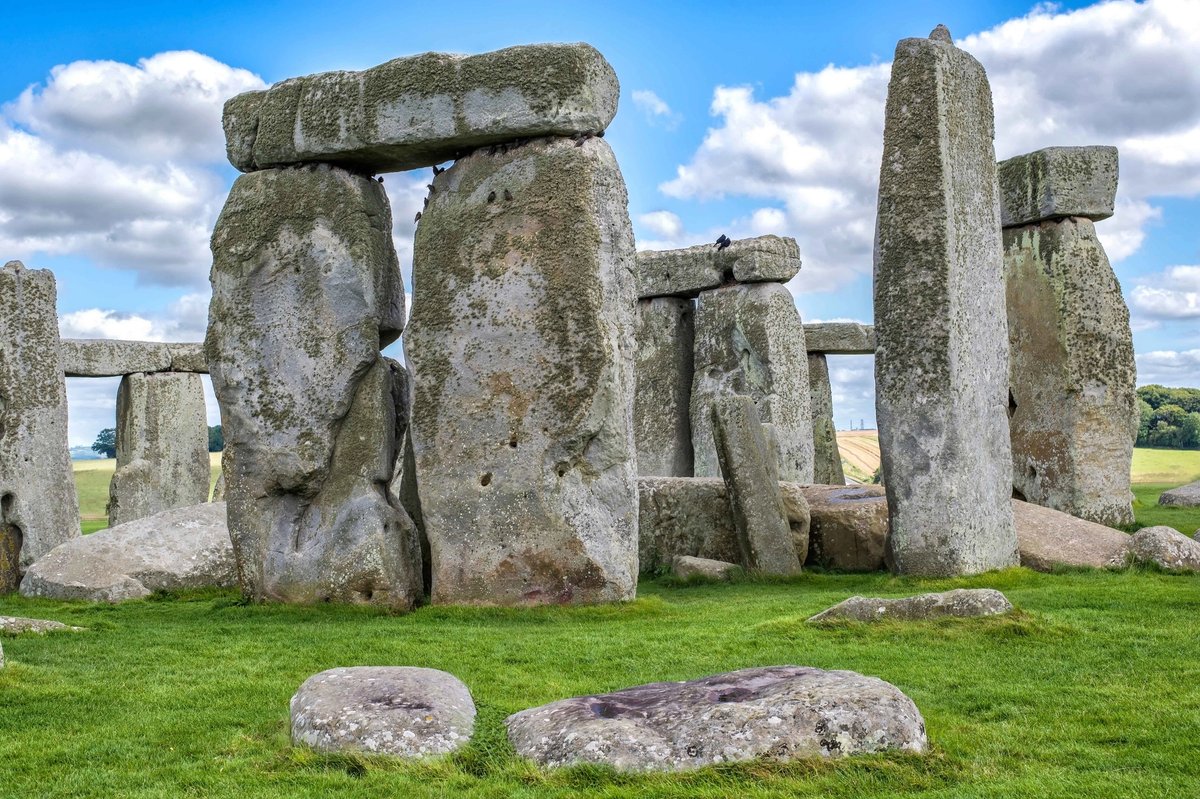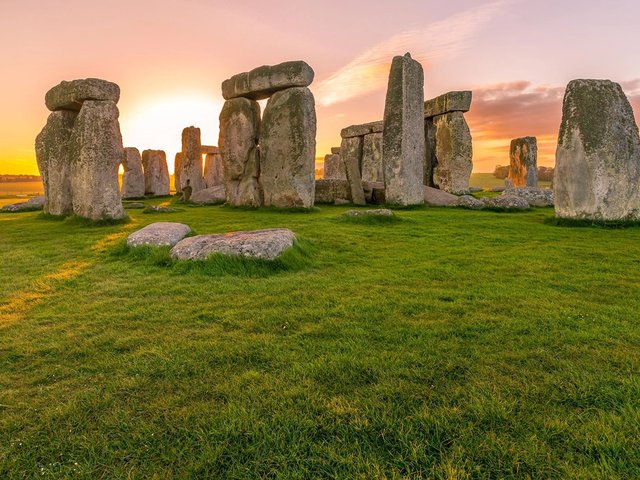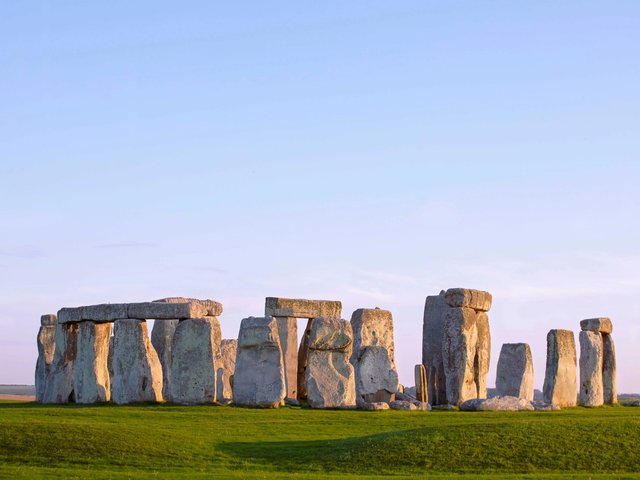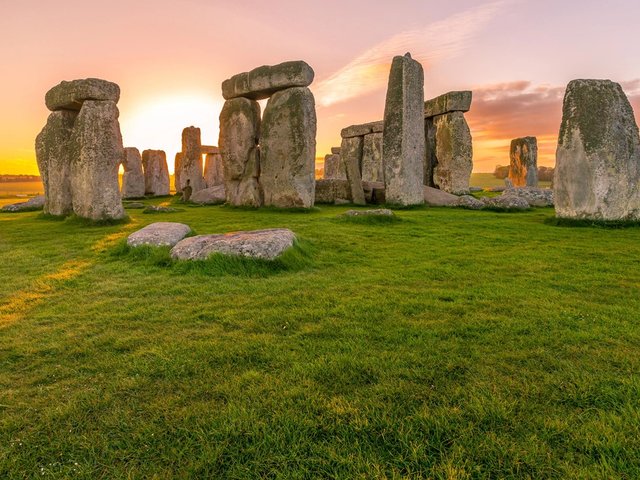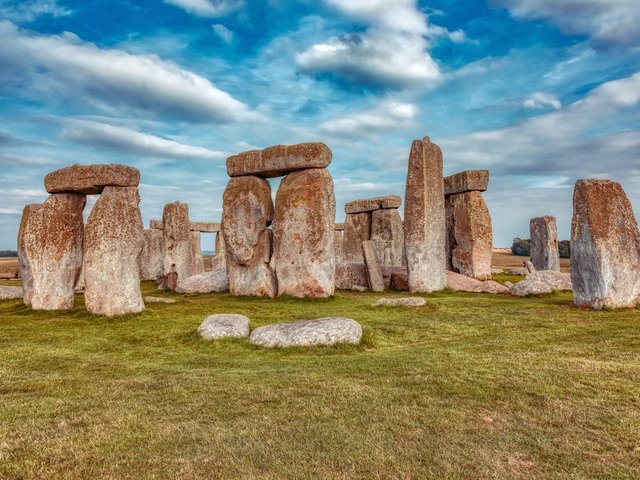A cow’s tooth buried alongside Stonehenge has thrown light on how the ancient stone circle in Wiltshire, UK was formed. According to new research published earlier this month, the animal may have been born in Wales, supporting the theory that cows or oxen could have moved the enormous stones across the country to the Stonehenge site at Salisbury Plain.
Scientists from the British Geological Society (BGS), Cardiff University and University College London analysed the molar, and presented their findings in a paper entitled Sequential multi-isotope sampling through a Bos taurus tooth from Stonehenge (Journal of Archaeological Science).
The analysis provided evidence that the cow originated from an area with Palaeozoic rocks, such as the bluestones found in Wales. Michael Parker Pearson, professor of British later prehistory at University College London, says in a statement: “This is yet more fascinating evidence for Stonehenge's link with south west Wales, where its bluestones come from. It raises the tantalising possibility that cattle helped to haul the stones.”
The cow’s jawbone containing the tooth was discovered by archaeologists in 1924 near Stonehenge’s south entrance. It has been dated to between 2995 and 2900BC, when the stone circle was first constructed. The researchers say in the new paper: “The remains of this elderly animal were found buried at Stonehenge. It is not known if it travelled to Stonehenge alive, or its remains were, curated and deposited there.”
The scientists carried out isotope analysis tests on the tooth to discover more about the cow's diet, environment and movements. According to the British Geological Survey, “oxygen isotopes revealed that the tooth captured roughly six months of growth, from winter to summer, whilst the carbon isotopes showed the animal’s diet changed with the seasons: woodland fodder in winter and open pasture in summer.”
Additionally, strontium isotopes indicated that seasonal food sources came from different geological areas, suggesting that the cow either moved seasonally or that some fodder was imported.
A ‘new facet to the story’ of Stonehenge
The critical discovery came when scientists analysed lead isotopes in the tooth. “This tells us that very early in its life, the cow incorporated lead into its skeleton and that lead was from old Palaeozoic rocks, older than about 400 million years old. Those types of rocks crop up primarily in Britain in Wales, which is the nearest supply, and also in the Lake District and Scotland,” Jane Evans, a BGS honorary research associate, told the Guardian.
Evans tells The Art Newspaper: “The animal incorporated Palaeozoic Pb or lead (Welsh) in its skeleton early in its life. Later in life, when the animal was pregnant, this lead was released from the skeleton along with calcium which was needed for the development of the calf. The lead was redeposited in the tooth growing at this time, preserving the evidence of the earlier landscape on which the animal grazed.”
Richard Madgwick, professor of archaeological science at Cardiff University, says in a statement: “So often grand narratives dominate research on major archaeological sites, but this detailed biographical approach on a single animal provides a brand new facet to the story of Stonehenge.”


